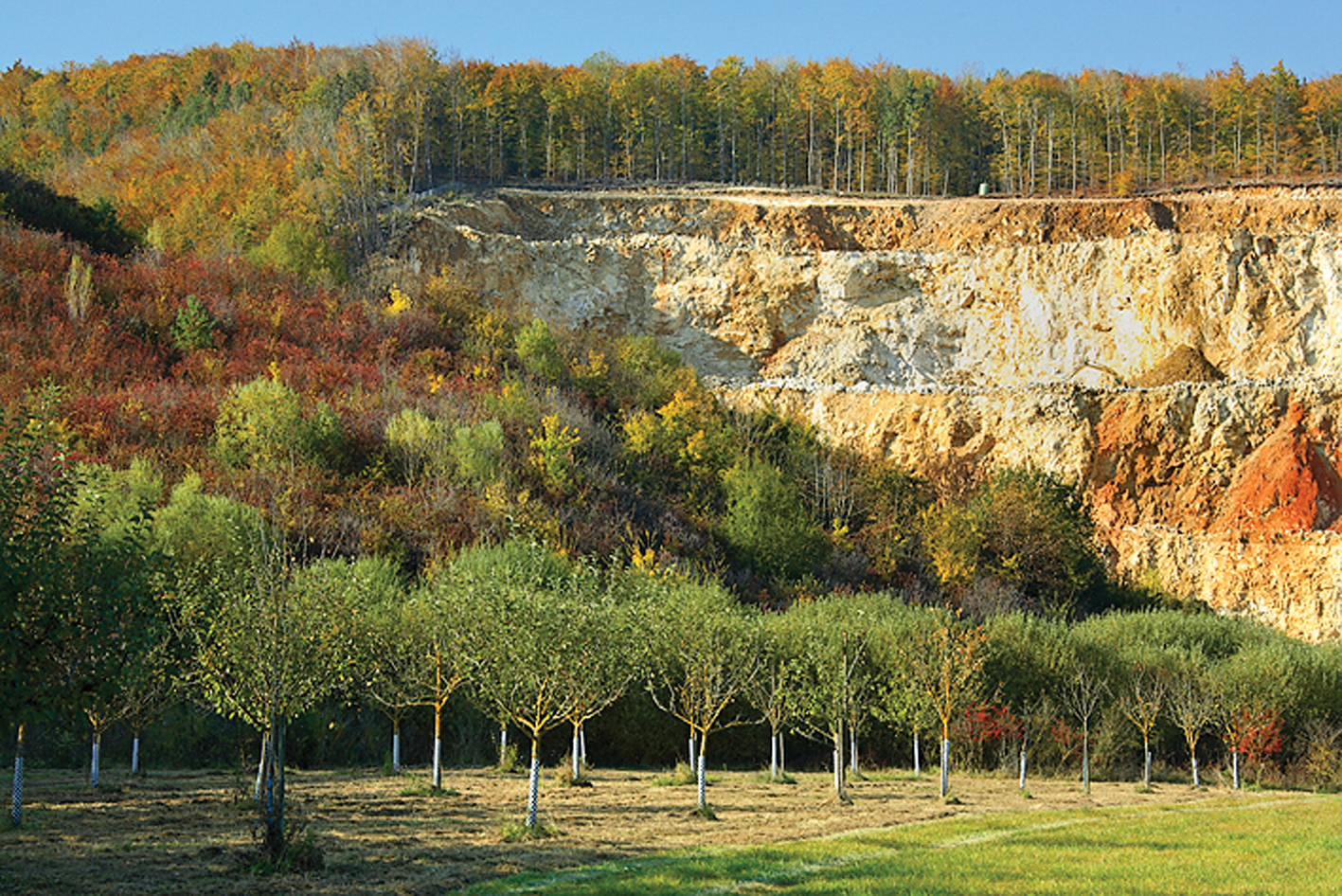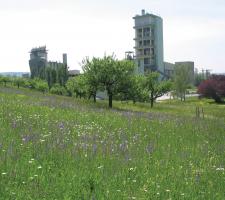
Strong focus on biodiversity by the quarrying industry means that ecology is being enhanced rather than damaged by aggregate production. Julie-Anne Ryan talks to Heidelberg’s Dr Michael Rademacher about the benefits to business
It’s been years since responsible industry plundered the earth for its treasures and simply moved on when those resources were exhausted. The thought of leaving a quarry or mine empty, deserted and derelict is anathema to most conscientious businesses – and an increasingly environmentally aware society will make sure that organisations that don’t make reparation for the damage they’ve caused will feel it in the bottom line.
Last year was the International Year of Biodiversity, a move by the
The aggregates industry depends on digging deep and wide, and taking millions of tonnes of construction materials from vast areas around the world, and those raw materials represent the beginning of the supply chain. So its attitude to biodiversity is increasingly savvy, and some projects stand out as beacons to modern and effective action. Biodiversity friendly rehabilitation of mining sites that take into account the needs of local communities is becoming a key issue in obtaining a license to operate.
One company renowned for its work in the biodiversity field is Heidelberg Cement, whose pro-active attitude and management of biodiversity and nature protection helps it to anticipate potential risks for its quarries. The company’s own scientific studies and expertise also mean that it is trusted and respected, something that’s particularly valuable when it comes to renewing operating permits for the extension of quarries or plants.
Dr Michael Rademacher is the manager for biodiversity and natural resources at Heidelberg, as well as being a member of several biodiversity task forces from
He said, “Permits are granted in dialogue with authorities, public agencies, nature protection organisations and local citizens, so environmental impact assessments and plans for renaturation form an important part of the decision-making process. These will only be accepted if Heidelberg is perceived to be a trustworthy partner with excellent environmental management. That is why permit procedures - that are implemented quickly, efficiently and based on consensus - deliver a decisive contribution to the long term supply of raw materials.”
Biodiversity is a worthwhile tool in promoting the business, he added, as quarries and aggregate pits offer huge potential with regard to the protection of species and nature conservation. They are already making a substantial contribution to the preservation of biodiversity in various locations. “We make active use of this potential by transforming quarries and aggregate pits into species-rich biotopes, and preserving them in order to significantly increase the likelihood of a positive outcome for approval processes as well as to shorten their duration. Finally, the company is also able to perform rock quarrying operations in areas with high biological diversity in such a way that these operations are acceptable in terms of nature conservation.”
Heidelberg has always placed a high priority on environmentally friendly mining methods and subsequent restoration of its quarries. Numerous mapping, renaturation and maintenance projects over the past 20 years demonstrate the ecological value of the group’s quarrying sites.
“In co-operation with the German
The ten guiding principles are geared towards the promotion of dialogue with all parties involved – such as environmental authorities, nature conservation organisations and the general public – as well as increasing biological diversity during and after quarrying in order to protect native landscapes and nature. As the guideline takes specific regional characteristics into account, its purpose is to allow uniform measures for subsequent use of sites to be co-ordinated internationally, thus laying the foundation for systematic implementation of the biodiversity goals. In addition, the guideline defines group-wide goals for the promotion of biodiversity at the quarrying sites.”
Heidelberg controls the management of biodiversity at its quarrying sites and the creation of valuable habitats – beginning with good restoration planning for quarries. The apparently greater expense of these plans in terms of time and money is quickly recouped through better planning and production.
“Because the group demonstrates its long-term commitment to environmentally friendly mining practices through the application of advanced renaturation methods, all those involved in approval processes will find it easier to support future planning activities,” explained Rademacher. As well as that, the creation of biologically diverse habitats makes it possible to integrate operational and former quarrying sites into existing protection area systems.
Best practice
Heidelberg operates several quarries in Georgia. Introducing modern restoration approaches in Georgia is particularly important, he said, since the measures practised in the country are obsolete, often simply refilling the pits and planting non-indigenous trees. But in 2009, the company plus several stakeholders, set up a Public Private Partnership project “The Promotion of Biodiversity through restoration of quarries”. The project will last until 2012.
From 2009 to 2011 Heidelberg worked with the local population, universities, colleges, schools and NGOs, interviewing local people around one of the quarries.
A questionnaire - in English and Georgian - was developed by the project team to integrate the local people into the project process, sharing their knowledge, ideas, suggestions and criticisms.
“We also published a flyer in Georgian, which summarised our biodiversity guideline. In 2010 we finalised the biodiversity mappings in and around our quarries. Recently we developed a Biodiversity Action Plan for each quarry and training materials for quarry workers and mining engineers.”
There will always be challenges to the industry, though. And for Rademacher, one of these is the implementation of biodiversity as a topic in companies’ management systems. “We have implemented key performance indicators for biodiversity in the environmental audit. This process was not easy and needed a lot of work and time. It will be a challenge to develop such a set of KPIs for the whole sector, as it’s important to develop KPIs that really reflect the nature in our quarries and indicate sensitively enough the development of biodiversity under the special conditions of mining activities. There are some good approaches - GRI, CSI and so on - but there is a lot of work to do. Another challenge will be the development of a time and cost efficient monitoring system for biodiversity in mining sites.
Around the world, there are good organisations and less good ones in terms of sustainability programmes and biodiversity moves. Cultures and business models differ, and legislation creates different frameworks. But Rademacher is clear that worldwide, the protection of biodiversity is seen as one of the main subjects for a sustainable future: nature protection and economy grow together.
“As a scientist I’m very happy that the mining industry and nature protection work more and more together to find synergy, and I’m convinced that aggregates and the cement industry can play a very positive role in fostering biodiversity in its quarries and pits,” he concluded. “Hundreds of case studies, published on the Internet, demonstrate that both active and restored quarries and pits play an important role as habitats for a huge number of species.”










